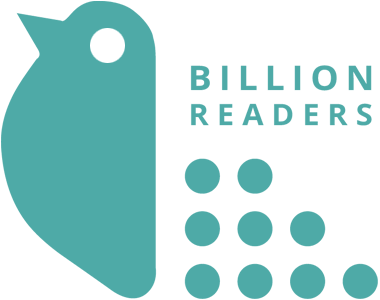RPWD Act and Accessibility Standards

Home » RPWD Act and Accessibility Standards
Private Schools
Private schools have historically been synonymous with elite institutions, but the rapid rise of low fee private schools signals a growing market for community-sourced, adaptable, and accountable education. Enrolment data strongly suggest this – in 1996, around 10% of students received private education, while in 2016-17, according to the Unified District Information System for Education (U-DISE),43.18% 1 of students from grades 1-12 attended private schools. India has nearly 400,000 unaided private schools, with more than 7.9 crore students enrolled.

Private school fees kernel density:
However, significant gaps in our understanding and concerns about the sector also exist:
a) Absolute quality:
While students at private schools may perform better than their government counterparts, the practical significance of the gap between them might be minimal given very low learning levels at government schools.
b) Affordability:
Low fee private schools, also called budget or affordable private schools, are not given this name in a standardized way – various researchers and stakeholders define affordability through their own criteria. Data reveals that the median annual fee for private schools is Rs. 5000 (~ USD 70). Yet a study by Härmä (2011) finds that a child’s likelihood of attending private school begins to increase only as they reach the third economic quintile. therefore, it is not clear exactly which income bands private schools serve, and which are excluded.
Nevertheless, parents across income levels reveal a significant preference for private schools over government schools, often perceived to be of lower quality. This is linked to economic aspiration, English attainment, computing skills, and low trust of government services. This high demand suggests the potential for growth, and an increasingly urgent need to examine and correct market failures that inhibit improvements in learning outcomes.

